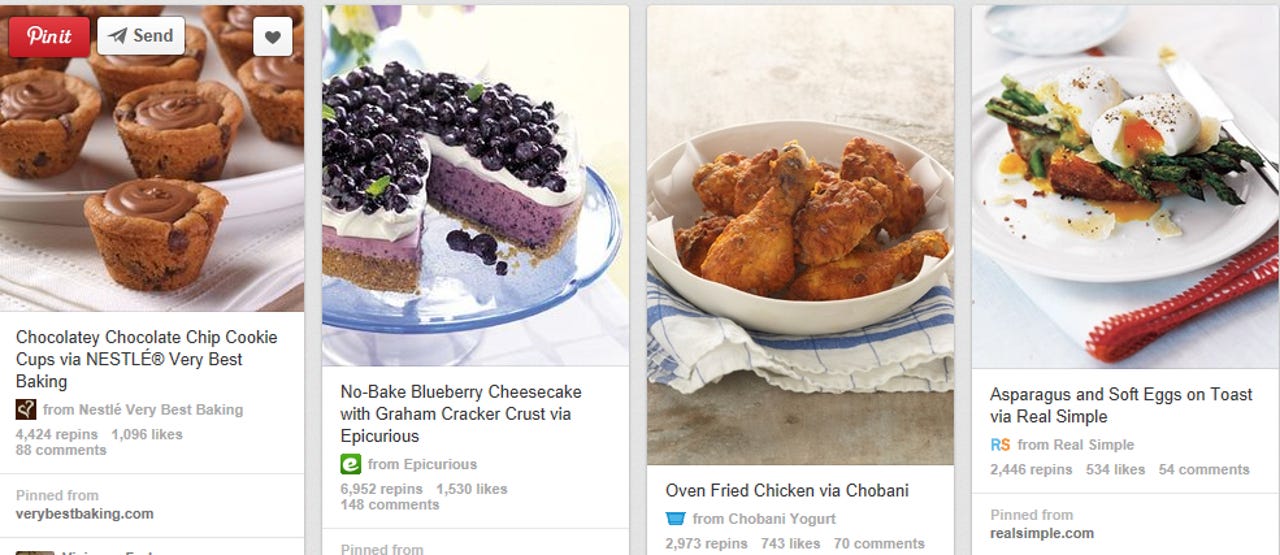Why Pinterest should file for IPO in 2014

The image sharing and scrapbooking site Pinterest is ripe to go to IPO and raise some further funding. The site which lets you collate collections of images and tag them has been gaining in popularity amongst consumers and brands.

Pinterest launched as a closed beta back in March 2010. It has stealthily climbed to be one of the leaders for referral traffic. There have been over 38 million unique US visitors, up from 31.2 million unique viewers in March 2013. Twitter rose from 40 million to 46.6 million unique visitors over the same period.
Alexa ranks Pinterest as 28 in the world. Facebook is ranked at number two and Twitter at number 11. Other image sites such as Instagram and Flickr are ranked at 37 and 85 respectively.
Almost ten percent of its visits come from search according to Alexa. 11.8 percent of these unique visits come from Google and 9.3 percent of visits come from Facebook. Twitter referrals account for just four percent of visits to Pinterest.
An obvious way of earning revenue is from affiliate marketing, and Pinterest has dabbled in this area in the past with its partnership with social discovery site Skimlinks. Users seem to approve of affiliate marketing rather than being bombarded by covert ads all the time. Smart move Pinterest.
The last round of funding raised $225 million. This valued the company at $3.8b but the value could climb so much higher if Pinterest makes smart decisions about its future.
Why? Pinterest could be poised to take advantage of massive retail opportunities.
Pinterest has a perfect opportunity to excel in mid-tier e-commerce. It could become an e-commerce portal for businesses to showcase and share their goods. It already commerce driven as marketers seek to get their images repinned across the site.
The brand pages are mini storefronts ripe for e-commerce. Users save pages and pins and are signposting the way back to these sites. Pinterest could easily take advantage of this by introducing a a purchasing tier across its platform.
Experian reports that the top five retail sites downstream from Pinterest are Amazon.com, Target, Zulily, Walmart and Nordstrom. Goods from all of these sites are regularly pinned on Pinterest. Pinterest could use part of funds raised from its IPO investment.
It could work with these retail behemoths in the US and create an in-site e-commerce portal right there on the Pinterest page. Users would not need to leave Pinterest and shop at other merchant web sites.
Having the ability to buy the goods you want right there on Pinterest would attract advertisers who want to display their ads where users wish to shop. Pinterest would become a very attractive proposition for advertisers and investors.
Marketers and businesses already love Pinterest. Businesses with visually appealing items to sell find it easy to get their products shared across the site. Currently this drives traffic back to the business web site and businesses find that intent to buy is higher from these clicks.
Amazon of course might not want to play ball here. It already has a very effective storefront and commerce model. It wants potential purchasers to choose other items to buy in addition to the thing that users actually want. But the ease of pinning Amazon items means that its products are visible right across Pinterest.
Zulily, Target and Walmart already ihave partnered with Pinterest so that popular pins can be embedded directly onto their websites. This allows users to directly post content from retailers to the site.
When looking at a Pin from one of Pinterest’s partners you have the option to go to the exact item on the storefront at, say, Target, and buy it from there.
A mid tier e-commerce system would enable Pinterest to take the payments directly on the site and queue the orders up at the back end ie Target.
Users are more likely to buy from the place where they saw the original item. The user gets a good shopping experience and a one-stop opportunity to shop. The back end store gets a sale and Pinterest gets a proportion of the cost of the goods.
All it needs is a chunk of investment for the infrastructure to do this. Pinterest now needs to mature to become the one stop shop for retail — and for that it needs to go to IPO this year.